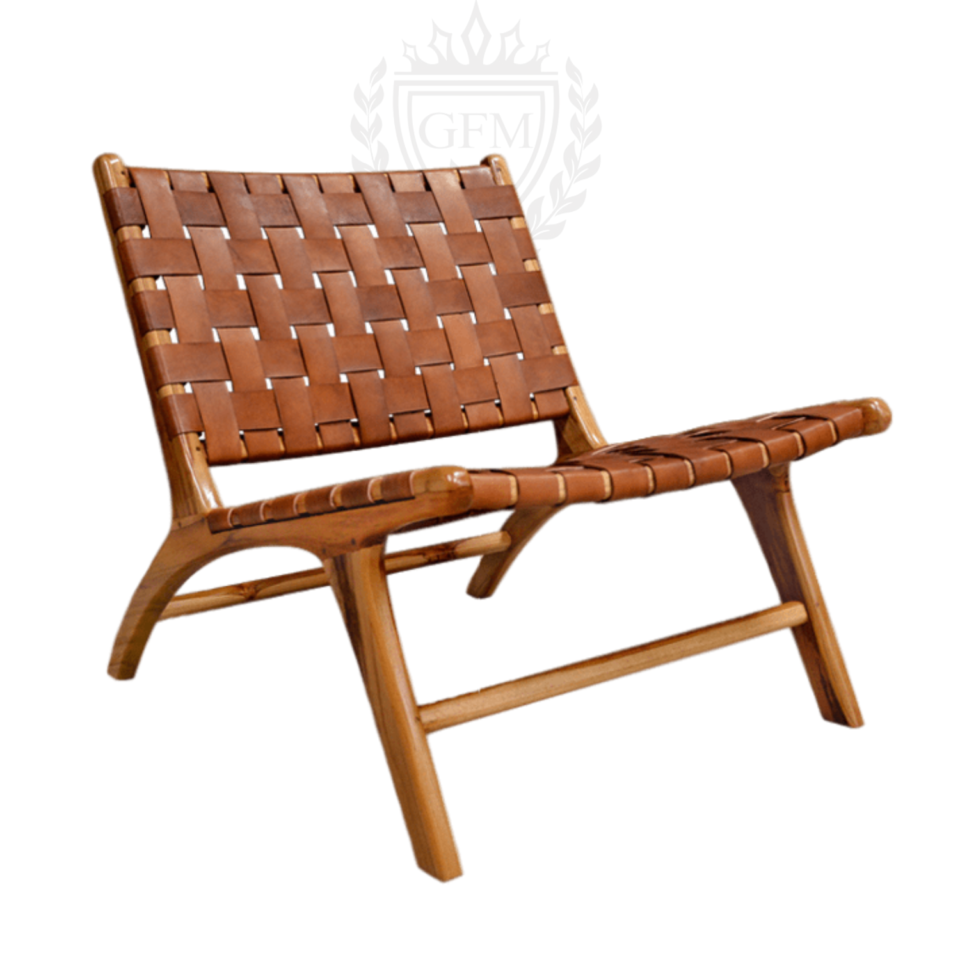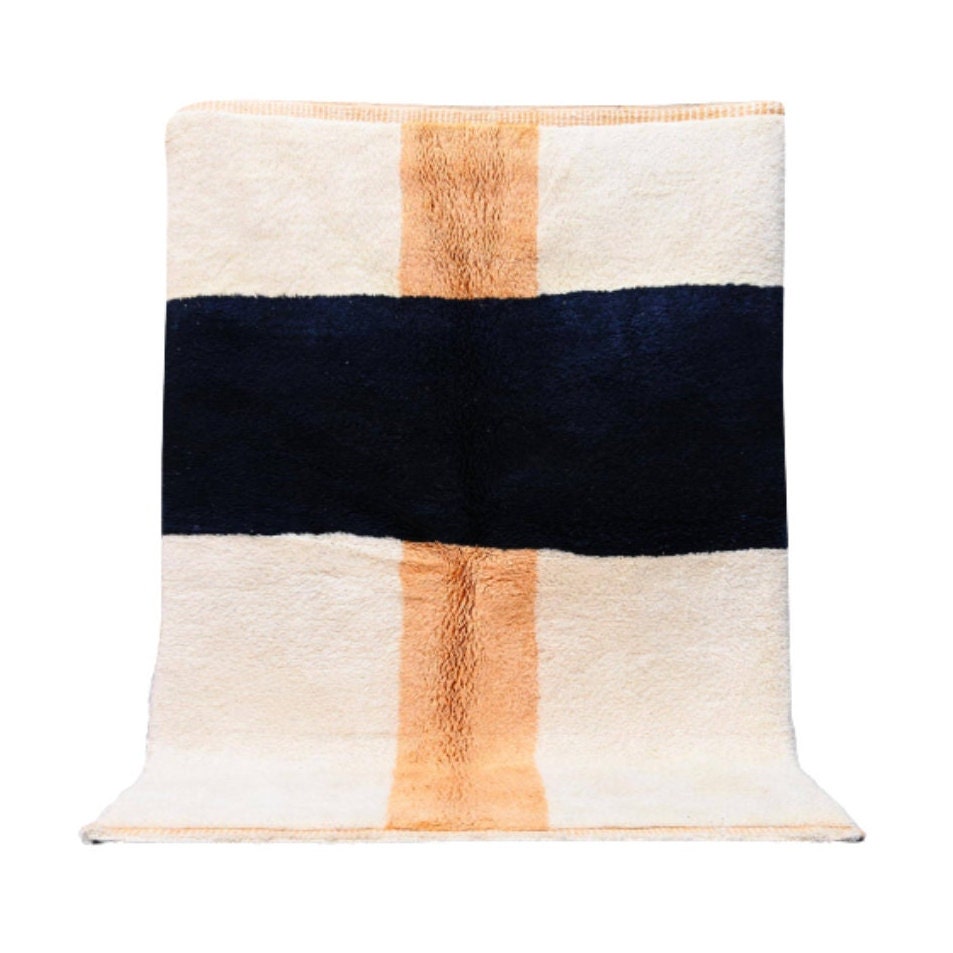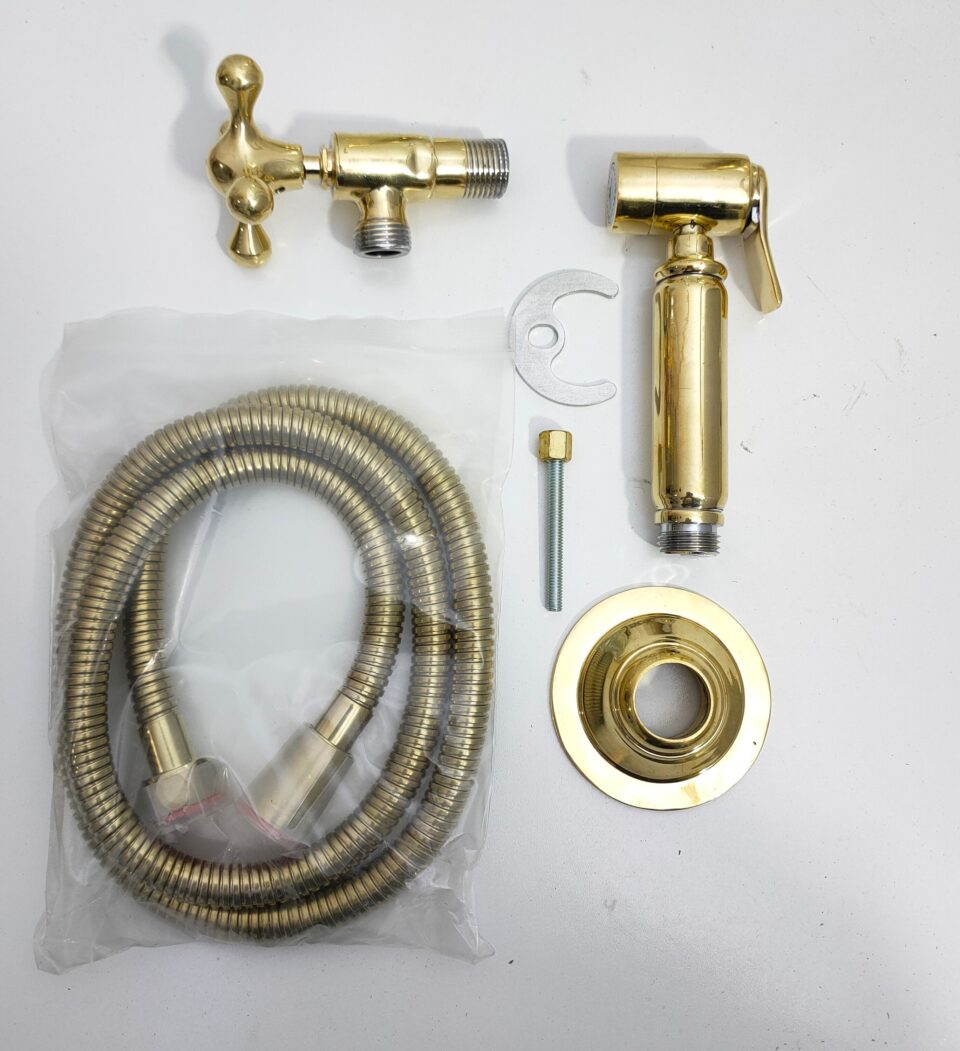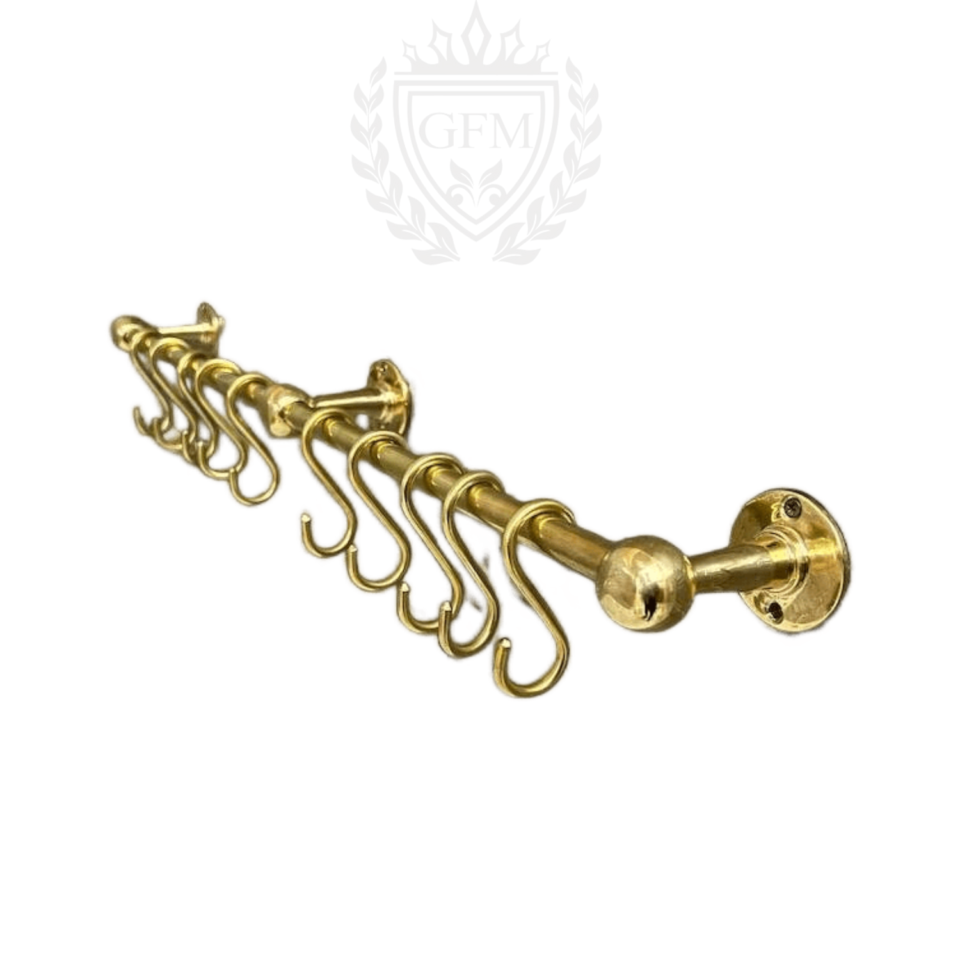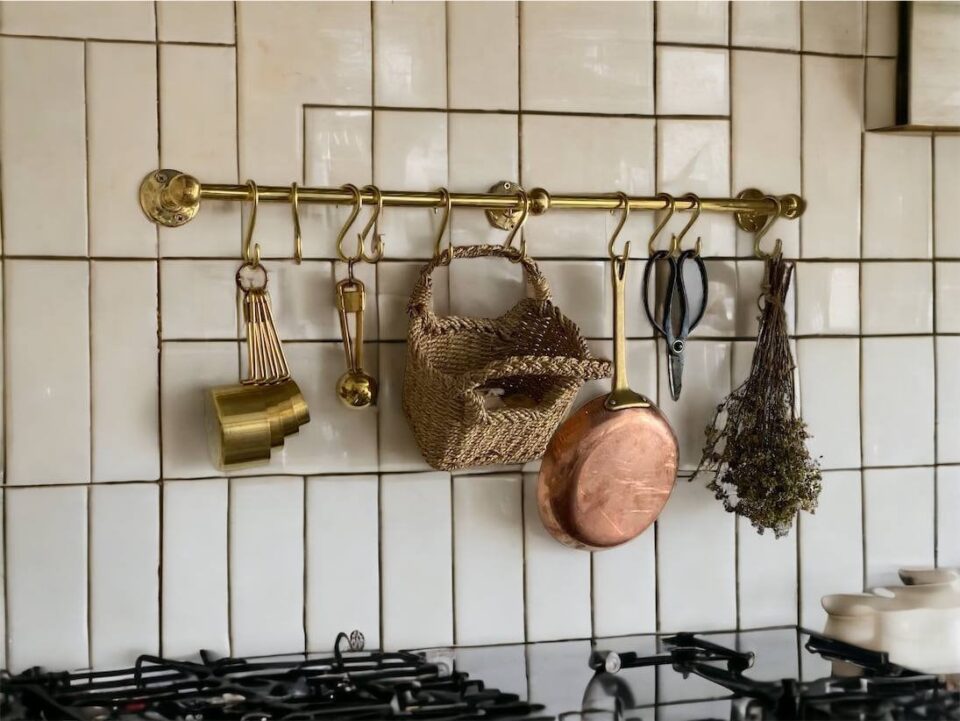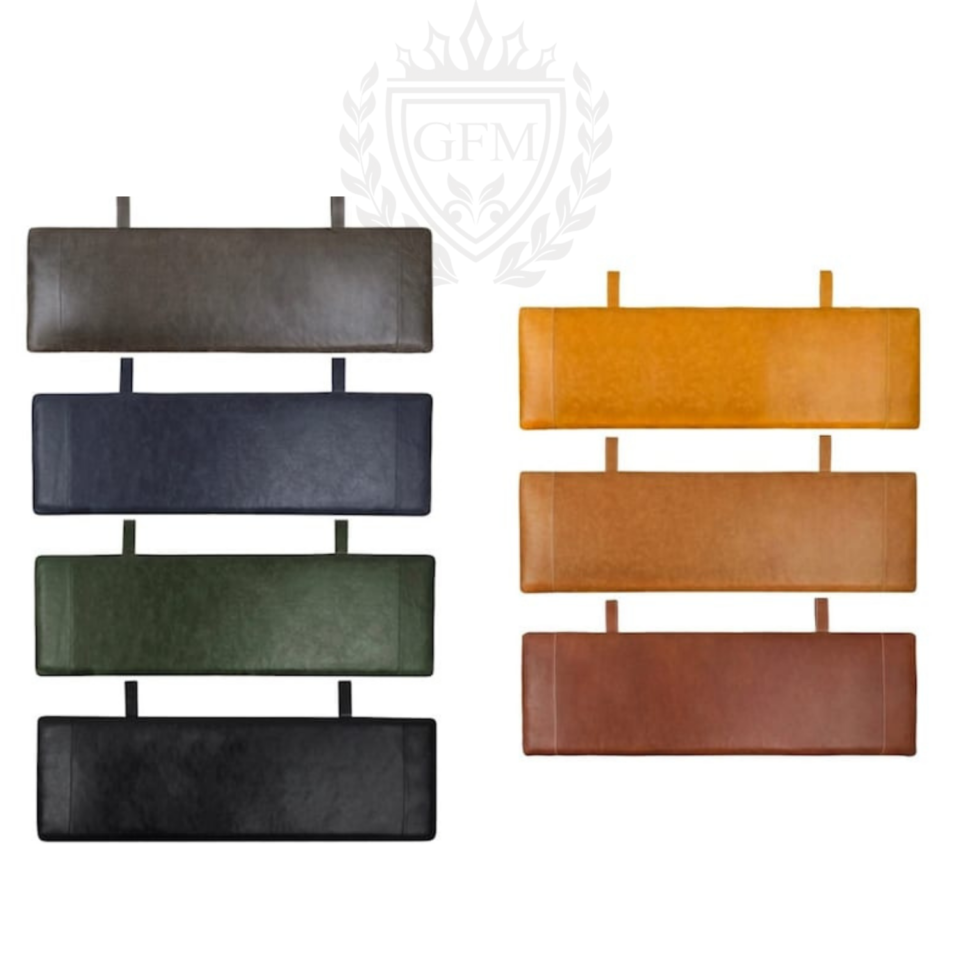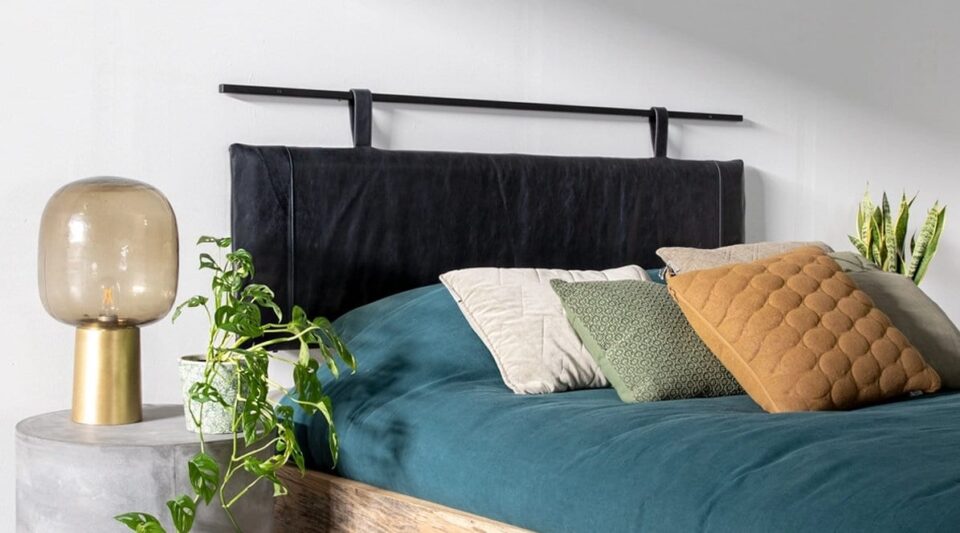Camping Tent Moroccan Made from camel hair and goat hair prevents rain water from seeping inside that can accommodate From 2 to 19 people + wooden poles +iron stakes + gift for tent
The tent, when purchased, consists of a complete tent + wooden poles to build the tent + iron pegs that hammer the tent with the ground + a beautiful gift given to you by our family
Any inquiries, you are welcome
Moroccan traditional tent
You can use it to receive guests
You can use it for a mobile home in nature, in the mountains, in the desert, anywhere
The Moroccan tent can handle all weather
But you must build it carefully and accurately
17 to 19 people
length, 19.6 feet = 6 m
width 9.8 feet = 3 m
height 7 feet = 2.10 m
Side height 4.2 feet = 1.30 m
14 to 16 people
length, 13 feet = 4 m
width 13 feet = 4 m
height 7 feet = 2.10 m
Side height 4.2 feet = 1.30 m
11 to 13 people
length, 13 feet = 4 m
width 9.8 feet = 3 m
height 7 feet = 2.10 m
Side height 4.2 feet = 1.30 m
8 to 10 people
length, 9.8 feet = 3 m
width 9.8 feet = 3 m
height 7. feet = 2.10 m
Side height 4.2 feet = 1.30 m
5 to 7 people
length, 9.8 feet = 3 m
width 7.8 feet = 2.40 m
height 6.8 feet = 2.10 m
Side height 3.9 feet = 1.20 m
2 to 4 people
length, 7.8 feet = 2.40 m
width 6.5 feet = 2 m
height 6.8 feet = 2.10 m
Side height 3.9 feet = 1.20 m
The traditional tent made of camel’s hair and goat hair and various designs that transform from a permanent residence for the
Bedouins to a place of rest and relaxation for the people of the city in the Moroccan desert.
The desert has its peculiarity in life that does not resemble cities in housing nor in customs or traditions. The Sahrawi man invented his mobile dwelling since ancient times of wool, wool and goat hair that protects him from the heat in the summer and the cold in the winter. The night, this tent, which faced its demise after the desert people moved to the cities and the rest of them relied on stone buildings, returns today to erect again in the luxurious homes of the rich or a shelter for tourists in the spring and autumn of the desert, or a space celebrating heritage and culture.
The desert man is in his life and his travels, the tent has been his dwelling from eternity, protecting him from the brutality of place and time, then it has become a symbol of generosity and stability that the people of the Sahara seek in Morocco, and a source of their culture.
Since ancient times, the desert has been a blatant challenge to the human being, with the difficulties it contains in the details of daily life, perhaps the most prominent of which is the weather that is hardly stable, but these challenges do not apply to the desert man, who was able to understand the details of the desert and make them obey his command in all seasons.
The tent contributed to overcoming the difficulties facing people in the desert of Morocco, as it is his home and the place that provides him with the desired moment of stability. The tent is the first social unit that can be encountered in the Saharan community, as it is not only considered a spatial unit of material stability, but is placed within the framework of a group of relationships that brings together several members within one family.
The tent houses all the necessities of life, including utensils, blankets, mattresses and foodstuffs arranged in a manner that allows receiving guests, feeding the arrivals and accommodating them without boredom or disturbance in an atmosphere marked by harmony and simplicity that reflects the generosity, generosity and dignity of the people of the desert.
Shipping
The product will be shipped using the FedEx service. This service is fast and safe. We will provide your tracking number. Estimated delivery time is between 5 to 8 0working days.
-We take a lot of pride in our items and will always make sure they are very well packed and protected for shipping.
About Us
The carpets were generally a high-quality gift during the 14th century, and Moroccan carpets in particular were among the most exported products to the countries of Europe. It was a strong presence in France during the World Expositions of 1867, 1878 and 1889. At the end of the 18th century and the beginning of the 20th century, the process of weaving carpets became an active activity in almost all the cities of the Kingdom of Morocco.
Morocco has a long history of weaving some of the most beautiful carpets in the world. These beautiful carpets are made in places like Beni Orin, Boucherweet, Azilal, Berber, Rabat and Sahara.
Over time we try to find very special Moroccan carpets that are authentic. Each one is hand picked up by us from a deep source at Mount Atlas and Moroccan villages.
The art of textile weaving has been passed from generation to generation for thousands of years. Moroccan carpets are handmade and can take a long time
Many handmade items tell the story of Moroccan women for thousands of years









